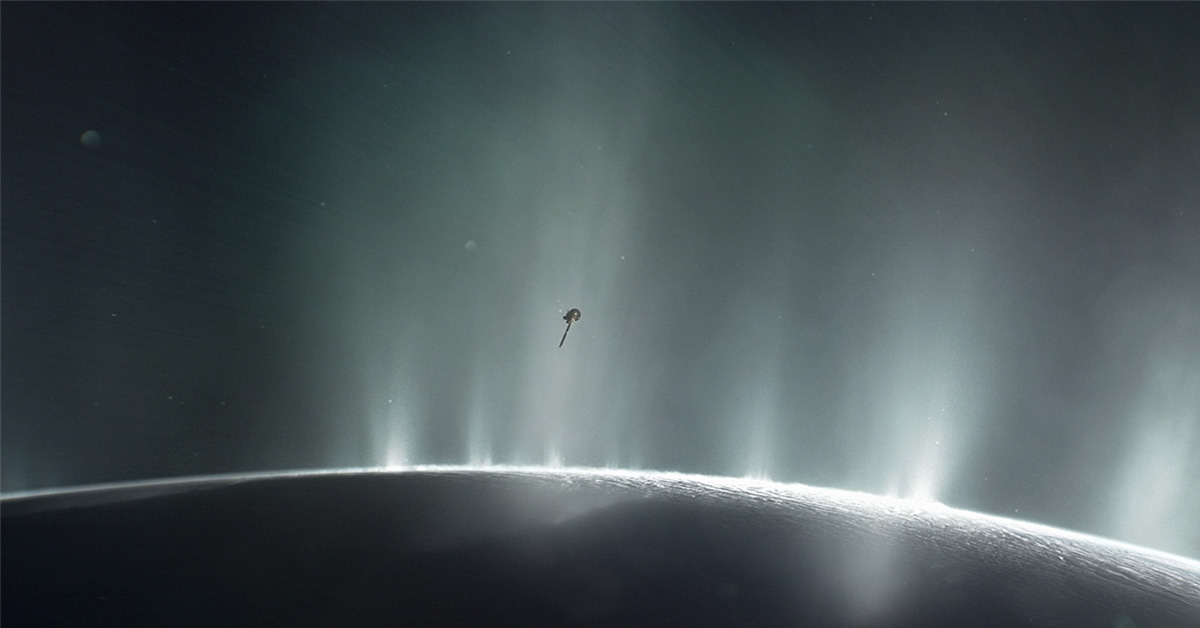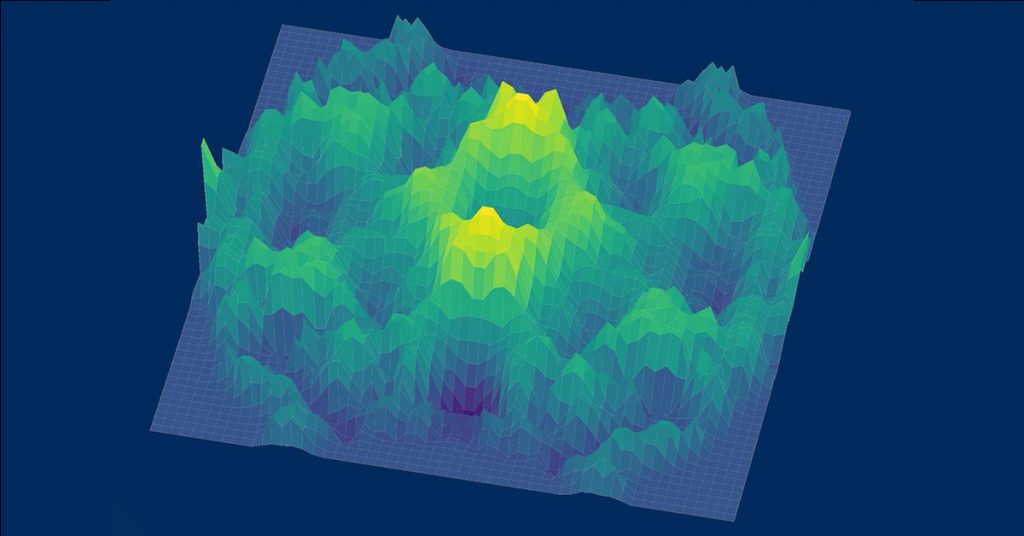NASA’s JWST space telescope has captured an extraordinary sight: a colossal plume of water vapor extending 10,000 kilometers into space from Saturn’s moon Enceladus. This remarkable event represents the largest spray ever observed on the icy moon, which is only one-seventh the size of Earth’s Moon.
Enceladus holds great significance for planetary scientists in their quest for extraterrestrial life. Beneath its icy surface, the moon houses a salty ocean that provides an ideal environment for the essential building blocks of life to interact. The towering plume, ejected from fractures in the moon’s crust, has the potential to permeate the Saturn system with various life-supporting chemicals. These findings have been detailed in a NASA press release and a forthcoming paper accepted for publication in Nature Astronomy.
“It’s truly astounding to witness such an enormous plume originating from such a small celestial object,” expresses Christopher Parkinson, a planetary scientist at the California Institute of Technology who was not involved in the JWST study.
Parkinson, having been a research scientist on NASA’s Cassini mission, which initially discovered the plumes on Enceladus in 2005, highlights that the spacecraft flew through them seven times during its 13-year mission, revealing the presence of organic molecules like methane and formaldehyde, as well as hydrogen, a potential energy source for microbial life. However, the plume’s extent, as indicated by models based on Cassini data, was several hundred kilometers rather than several thousand, Parkinson notes.
On 9th November 2022, the JWST utilized its high-resolution infrared spectrometer to observe the expansive plume. By capturing faint fluorescent emissions resulting from sunlight interacting with water molecules near the moon, the telescope recorded this remarkable plume extending approximately 20 times farther into space than the diameter of Enceladus itself, all within a brief duration of 4.5 minutes.
As Enceladus swiftly orbits Saturn every 33 hours, the plume generates a doughnut-shaped water vapor cloud that replenishes one of Saturn’s icy rings. Furthermore, the JWST data reveals that Enceladus expels approximately 300 kilograms of water vapor into space every second, which is a similar rate observed by Cassini almost two decades ago. The continuous activity of the plume further intensifies the anticipation of exploring Enceladus in search of signs of life, states Jonathan Lunine, a planetary scientist at Cornell University.
During its brief observation, the JWST did not detect a definitive indication of organic compounds, unlike the Cassini mission. However, there is optimism that the telescope will have a greater opportunity to search for these compounds in a more extended examination of the plume, which is scheduled for approximately one hour during the upcoming yearlong observing cycle starting in August. This information comes from Geronimo Villanueva, a planetary astronomer at NASA’s Goddard Space Flight Center and a co-author of the new study.
To thoroughly investigate these organic compounds, the most effective approach would be to deploy another spacecraft to Enceladus, according to Lunine. He lends support to a proposed NASA mission called the Enceladus OrbiLander, which would orbit the moon before landing on its surface. While Cassini was able to directly sample ice grains and water vapor during its voyages through the plume, Lunine believes that a modern probe equipped with state-of-the-art mass spectrometry and other instruments would significantly enhance the scientific capabilities. He emphasizes the urgency to embark on this mission, stating, “It’s time to go back with state-of-the-art mass spectrometry and other instruments to look for life. Let’s go!”









